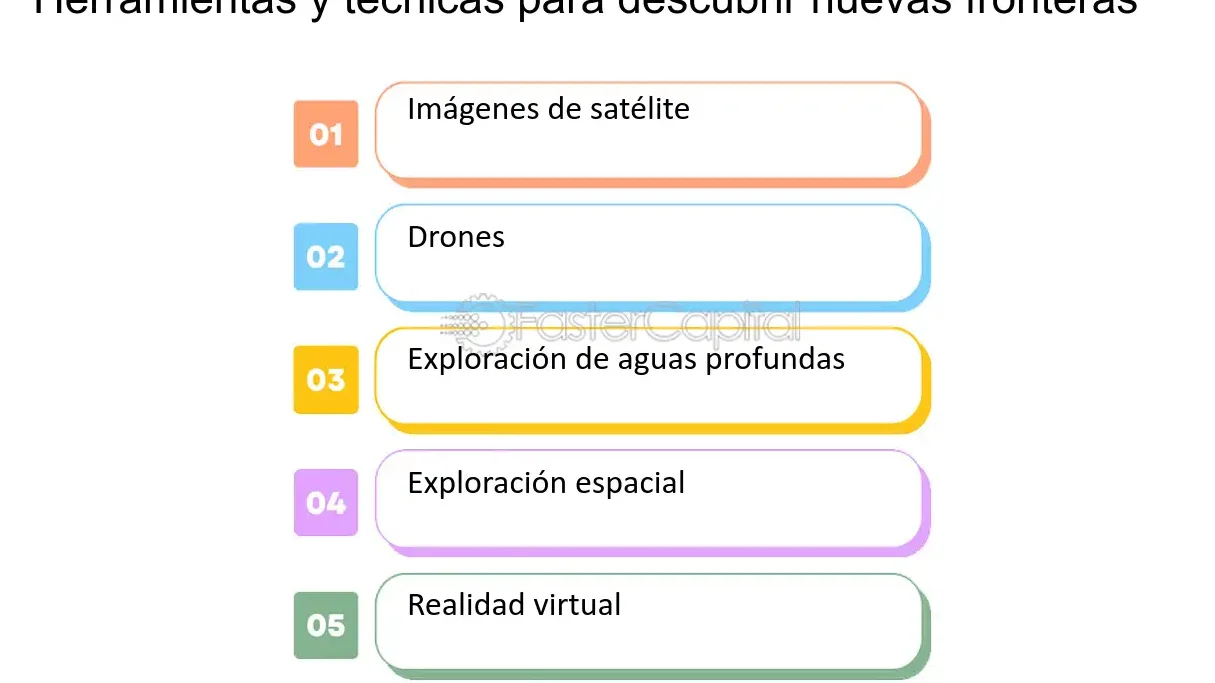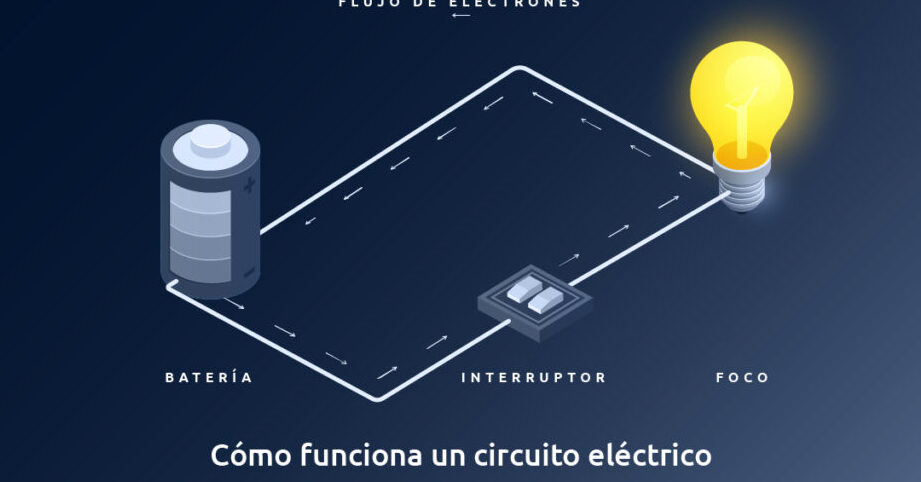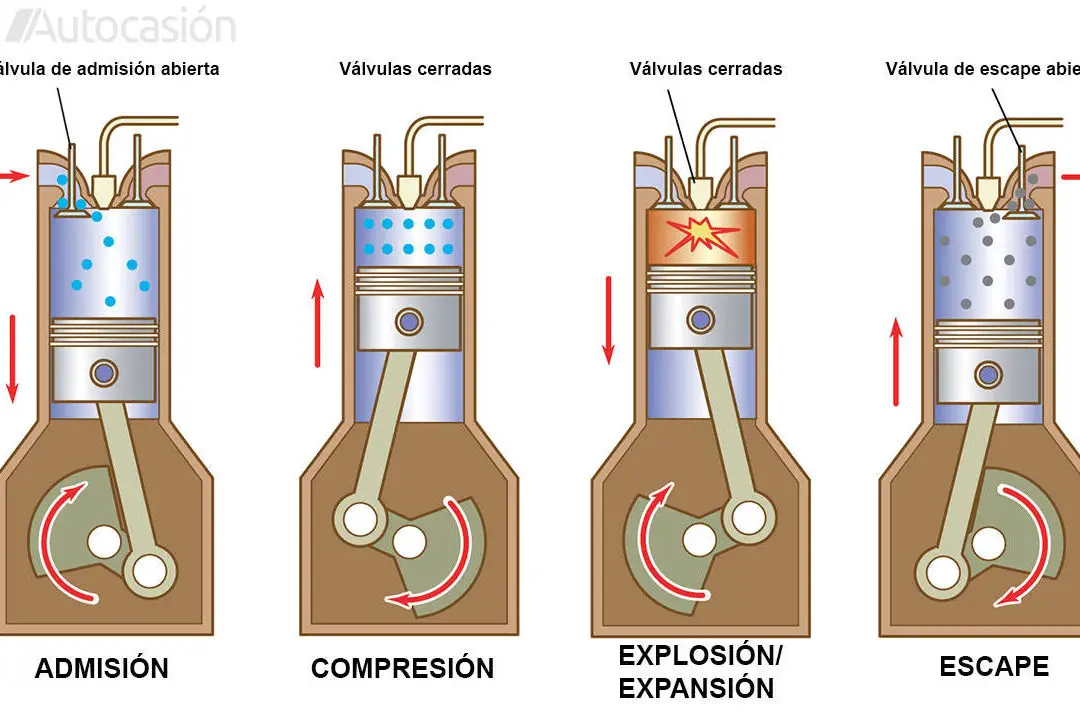The impressive evolution of industrial robotics engineering
Industrial robotics engineering has undergone impressive evolution in recent decades, completely revolutionizing the way manufacturing and production processes are carried out. From the first automata to today's sophisticated collaborative robots, this discipline has managed to overcome unsuspected barriers, opening up a world of possibilities and challenges. In this article, we will explore the most notable advances of this technology, discovering how it has transformed the industrial landscape and what the future prospects are. Get ready to enter the fascinating world of industrial robotics!
The fascinating evolution of robotics over time
Robotics is a field of study that has undergone fascinating evolution over the years. From the first automata to today's sophisticated humanoid robots, this discipline has advanced exceptionally, changing the way we interact with technology.
In its beginnings, robotics focused mainly on the automation of industrial tasks. Early robots were large and heavy, designed to perform repetitive tasks in controlled environments. These first automata were created with the purpose of increasing efficiency and productivity in factories.
Over time, robotics has expanded to different fields, such as medicine, space exploration, and entertainment. Advances in technology have allowed the creation of smaller, more agile and more intelligent robots. Robots can now perform a wide range of tasks, from high-precision surgery to exploring uncharted terrain.
Notable advances in robotics:
1. Industrial robots: Early industrial robots used hydraulic and mechanical systems to carry out specific tasks in controlled environments. These robots were large and heavy, limiting their mobility and flexibility.
2. Mobile robots: With the development of sensor and actuator technology, mobile robots gained popularity. These robots can move autonomously, allowing them to perform tasks in changing and unstructured environments.
3. Humanoid robots: Humanoid robots are those that resemble humans in appearance and movements. These robots are capable of performing tasks that require more natural human interaction, such as customer service or home assistance.
4. Collaborative robotics: Collaborative robotics seeks safe and efficient interaction between humans and robots in shared environments. Collaborative robots are designed to work alongside humans, helping them in their tasks and increasing their productivity.
5. Artificial intelligence: The integration of artificial intelligence into robotics has allowed robots to be more autonomous and capable of learning from their environment.
The impressive advances in the robotics sector: a look at the technological future
Robotics is a discipline that has seen amazing advances in recent decades. From the first industrial robots to the sophisticated androids we see in science fiction films, it is increasingly evident that robotics is revolutionizing the way we interact with technology.
Artificial intelligence and machine learning They are two key areas in the advances of robotics. Thanks to these fields, robots can learn from their environment and adapt to new situations autonomously. This has allowed the development of robots capable of performing complex tasks, such as facial recognition, autonomous driving or assisted surgery.
Miniaturization and mobility These are other aspects that have experienced great advances in the robotics sector. Robots are becoming smaller and more agile, allowing them to access places that are difficult for humans to access. For example, bee-sized robots have been developed to explore natural disaster areas or to perform surveillance tasks in confined spaces.
Human-robot interaction It is another area in which great progress has been made. Robots are designed to be increasingly intuitive and easy to use, making it easier to integrate them into different environments, such as homes, hospitals or factories. Additionally, the incorporation of voice and gesture recognition has allowed for more natural communication between humans and robots.
Robotics in the health field It is one of the fields that has experienced the most significant advances. Currently, there are robots that can perform high-precision surgeries, assist people with motor disabilities or help in the rehabilitation of patients. These advances have improved the quality of life of many people and have opened new possibilities in the field of medicine.
The future of robotics looks promising. It is expected that in the coming years advances will continue to be made in areas such as social robotics, collaborative robotics or autonomous robotics. In addition, robots are expected to become increasingly versatile and can perform tasks in different sectors, such as agriculture, logistics or space exploration.
The technological impact of robotics in the last decade
Robotics has experienced significant progress in the last decade, which has had an impressive technological impact in various areas of our society. From industrial automation to home assistance, robots have proven to be an invaluable tool in improving efficiency and quality of life.
In the industrial sector, robotics has revolutionized the way production tasks are carried out. Industrial robots, equipped with incredible precision and speed, have increased productivity and reduced manufacturing costs. In addition, their ability to work in dangerous or inaccessible environments for humans has contributed to improving workplace safety.
In the field of medicine, robots have played a crucial role in the advancement of minimally invasive surgeries. These robotic systems, controlled by medical experts, allow for highly precise and less invasive surgical interventions, which translates into a faster recovery for patients. In addition, robots are also used in physical rehabilitation, helping people regain their mobility and improve their quality of life.
In the field of home assistance, robots have provided support to elderly or disabled people, allowing them to maintain their autonomy. These assistant robots can perform household tasks, such as cleaning or cooking, and provide companionship and supervision to people who need it. This has been a great relief for caregivers and has contributed to improving the quality of life of those who use them.
In addition, robotics has had a significant impact in the educational field. Educational robots, designed specifically to teach students programming concepts and computational thinking, have gained popularity in classrooms. These robots allow students to experiment and learn hands-on, fostering their creativity and problem-solving skills.
And that's how robots took over the world! Well, not literally, but almost. The evolution of industrial robotics engineering has been so impressive that we find ourselves surrounded by these technological wonders on every corner. Who would have thought robots could do everything from assembling cars to juggling spoons?
Whether you're in awe of robotic arms that move with pinpoint precision or robots that look like something out of a sci-fi movie, there's no doubt that industrial robotics engineering has reached epic levels. And best of all, they have no plans to stop!
But what does the future of industrial robotics hold for us? Robots that can make decisions for themselves? Machines that can do all the work for us while we relax on a paradisiacal beach? Who knows! The only thing that is certain is that the evolution of industrial robotics engineering will continue to surprise us and make our lives more comfortable (and maybe a little lazier).
So the next time you see a robot assembling your car or performing a task that only humans could previously do, take a moment to appreciate the engineering marvel behind it. And remember, if you ever come face to face with a robot that seems too friendly, don't forget that humanity is still in control! For now, at least!
So, my friends, keep your eyes peeled because the future of industrial robotics engineering promises to be even more exciting. And who knows, maybe one day we will be surrounded by robots that can do our housework, serve us coffee, and even tell us bad jokes. Oh wait! That last bit has already happened... Hello, I'm an artificial intelligence and I'm here to make you laugh! Wow, I'm funny! 😄
Anyway, at Polaridades we will always be up to date with the latest developments in industrial robotics and we will tell you about them with all the humor and style that characterizes us. So don't miss our next posts, because the evolution of industrial robotics engineering is far from over.





Post Comment